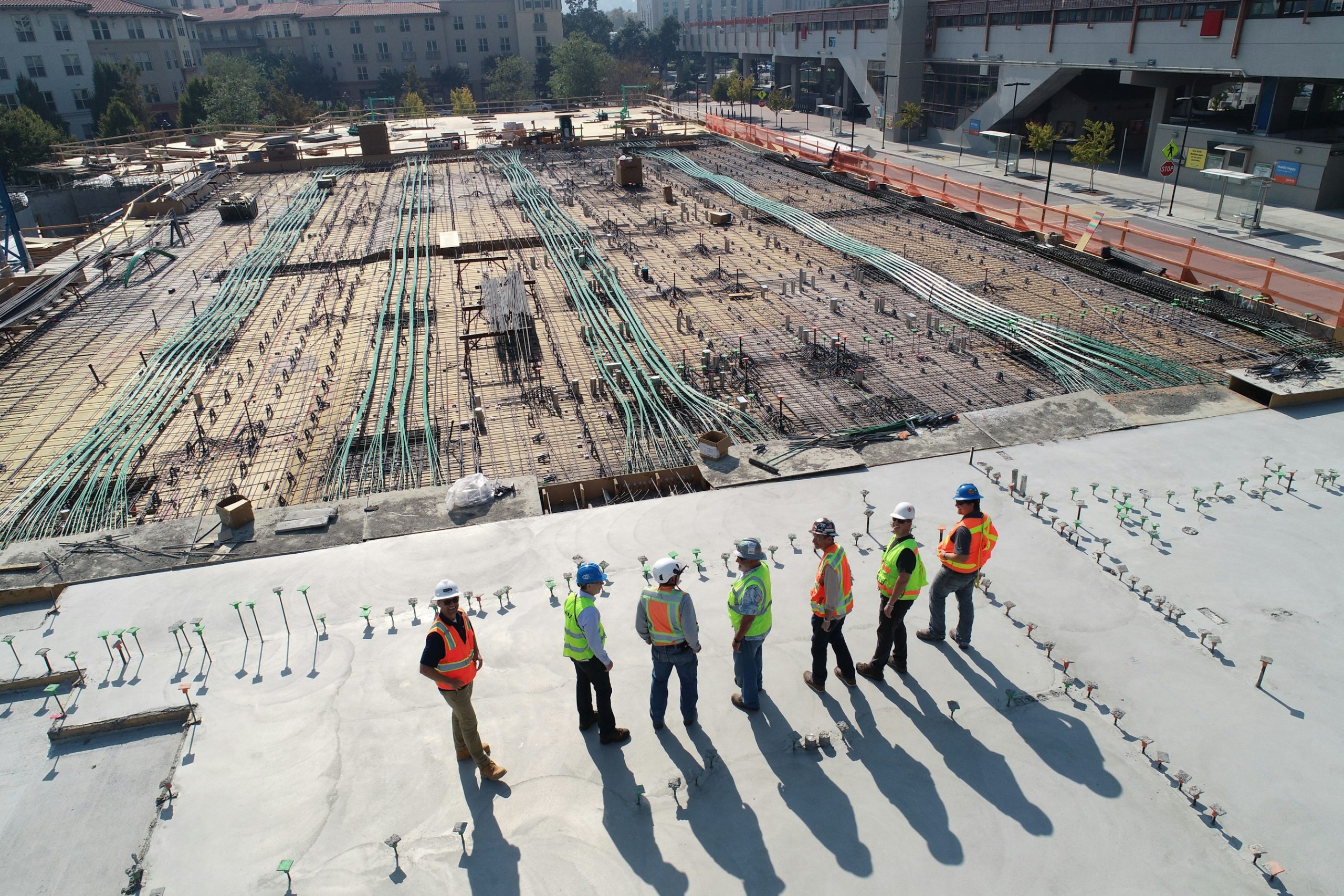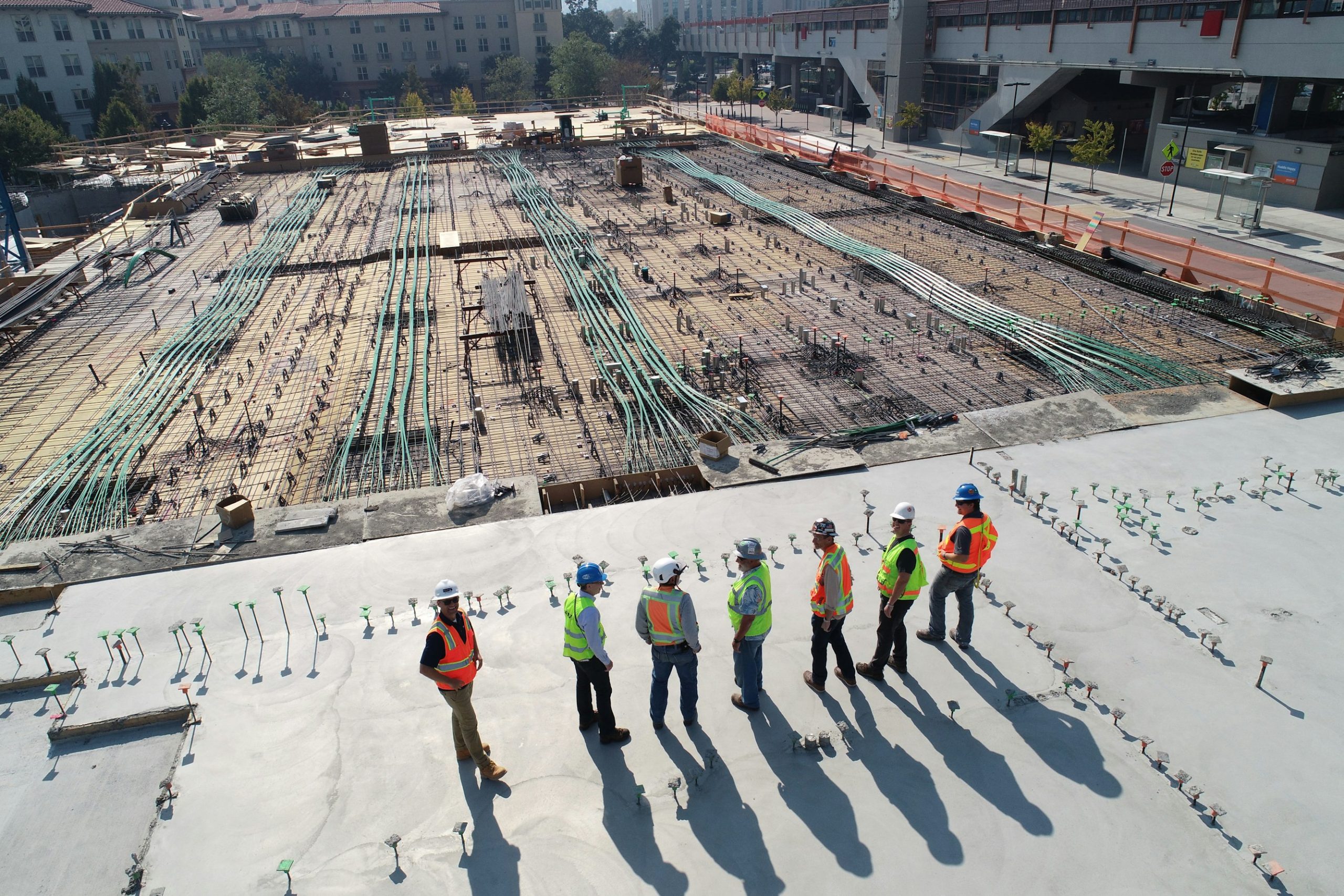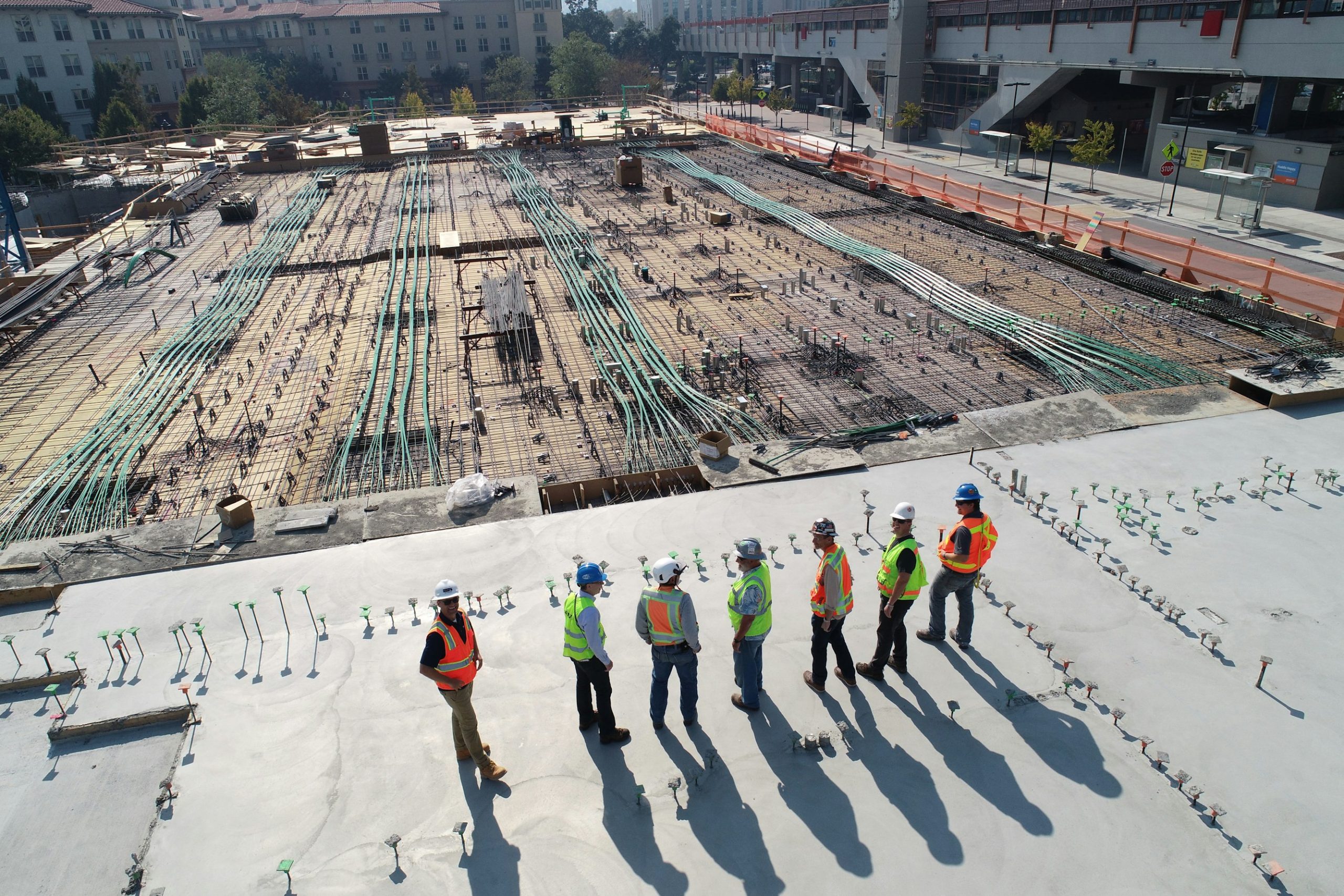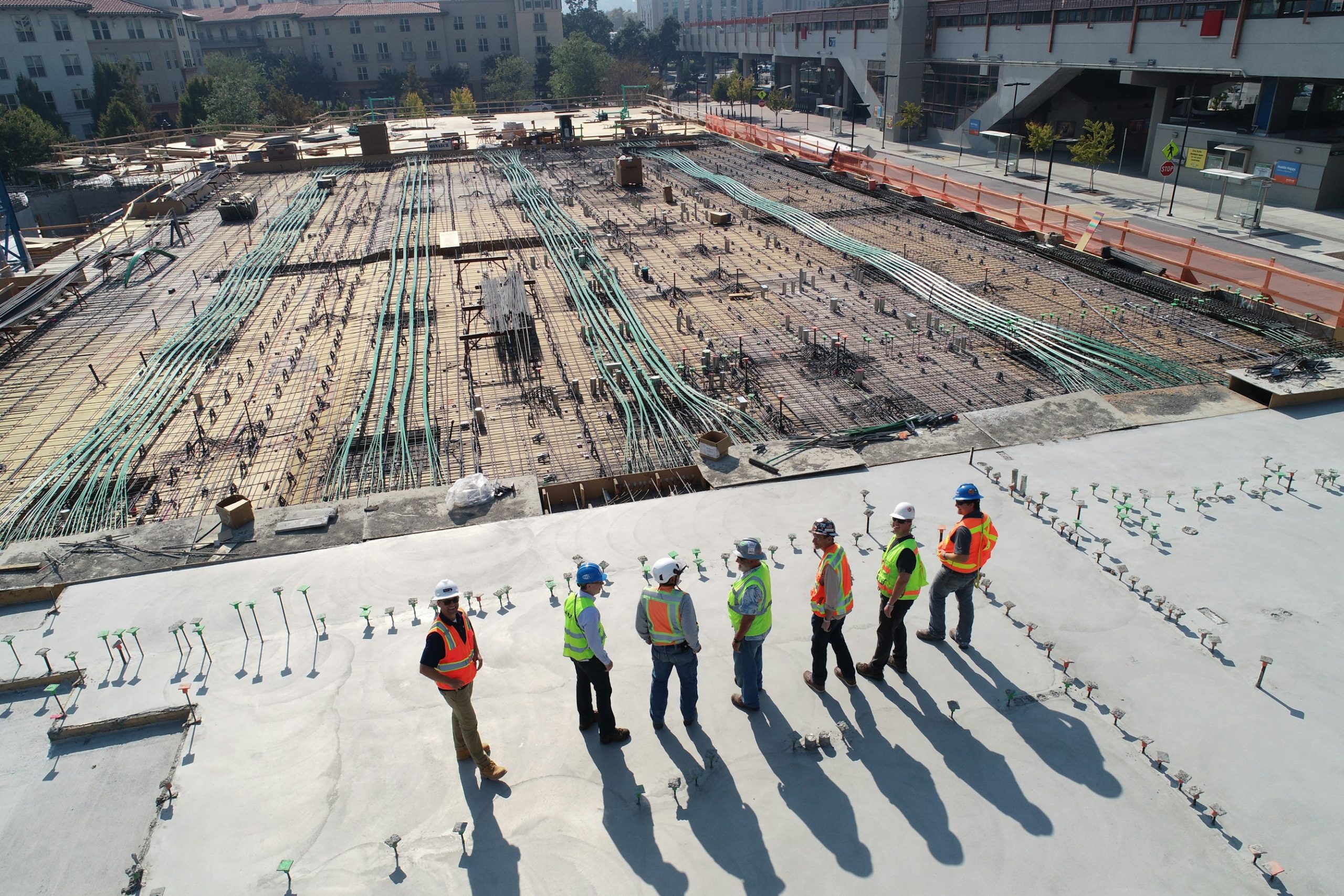Avoiding VO Conflicts with Digital Change Order Tracking
In the dynamic world of construction project management, avoiding variation order (VO) conflicts is crucial to maximizing efficiency, maintaining client relationships, and ensuring project success. One way to significantly minimize these conflicts is through effective digital change order tracking. This blog delves into what construction change orders are, the challenges posed by traditional methods, and how digital solutions, particularly Zepth, can transform change order management.
What are Construction Change Orders?
A construction change order (CO) is essentially any adjustment made to the agreed-upon scope of work within a project contract. This can involve the addition or removal of specific tasks or responsibilities as negotiated between the contractor and the client. Change orders, while sometimes necessary, can lead to confusion and disputes if not properly managed.
Challenges with Traditional Change Order Processes
Organizations that still rely on conventional methods for managing change orders often find themselves tangled in inefficiencies. Traditional processes typically utilize email communications, which are vulnerable to delays, miscommunications, and even lost requests. Lengthy email threads can complicate collaboration, complicating follow-up efforts and overviewing changes across projects. This reliance on email creates a significant barrier to effective change management, often resulting in VO conflicts that could have been avoided.
Benefits of Digital Change Order Tracking
The transition to digital change order tracking can deliver numerous benefits, particularly in the construction industry. Here are some key advantages:
- Real-Time Tracking: Digital tools empower contractors to monitor costs and modifications as they happen, boosting transparency and reducing the likelihood of conflicts.
- Collaborative Change Order Log: Utilizing digital platforms enables all stakeholders to track, review, and resolve change orders collectively. This real-time cooperation guarantees alignment and instant transparency throughout the project lifecycle.
- Change Notifications: Automated notifications can distribute essential design or scope changes to all involved parties, help set pricing deadlines, and allow for systematic tracking of reviews and correspondence—all in one centralized location.
Best Practices for Implementing Digital Change Order Tracking
To effectively leverage the benefits of digital change order tracking, construction teams should adopt specific best practices:
Remove Email from the Change Order Process
Eliminating email-based communication in favor of centralized digital tools can drastically improve efficiency and reduce delays. This transition not only diminishes the risk of lost emails but also streamlines follow-ups and ensures that all relevant parties stay informed.
Use Structured Templates
Incorporating structured change order request templates ensures that all documentation is consistent and organized across various projects. This practice helps maintain clarity and reduces the chances of errors or misunderstandings, thus contributing to a smoother change management process.
Implement Digital Time & Material Tags
Utilizing digital time and material tags instead of traditional carbon copy methods can significantly enhance real-time tracking of field-directed extra work. This improvement ensures that all parties remain updated, aligned, and minimizes disputes regarding additional work.
Enhance Transparency and Communication
Digital platforms enhance real-time communication and foster transparency among all stakeholders—including project managers, contractors, and clients. Ensuring that everyone is informed and aligned regarding changes and their implications not only simplifies processes but also reduces the probability of conflicts.
How Zepth Can Help
Zepth stands out as a comprehensive solution in the realm of construction management. It offers robust tools that easily integrate with digital change order tracking systems, significantly enhancing project management workflows. Key features include:
- Construction Management Software: Zepth’s platform provides tools for tracking costs, managing workflows, and improving stakeholder communication.
- Automation of Change Orders: By automating change order processes, Zepth reduces the chances of manual errors and improves overall project transparency.
By leveraging Zepth’s tools, construction teams can not only streamline their operations but also mitigate conflicts arising from change orders effectively. Explore more about Zepth’s features by visiting our Why Zepth? page.
Emerging Innovations in Change Order Management
The future of construction management continues to evolve with advancements in technology. Some promising innovations in this field include:
- Automated Workflows: New digital tools are being designed to implement automated workflows that can proactively detect and alert stakeholders about potential conflicts or discrepancies in change orders.
- AI and Machine Learning: The integration of AI and machine learning into construction management software presents opportunities to predict and mitigate the impact of change orders on timelines and budgets.
By embracing digital change order tracking and adhering to best practices, construction teams can significantly lower the occurrence of conflicts tied to variation orders, driving project efficiency and improving stakeholder satisfaction.
For a full suite of digital tools that can help empower your construction project management efforts, check out Zepth’s Document Management capabilities.




